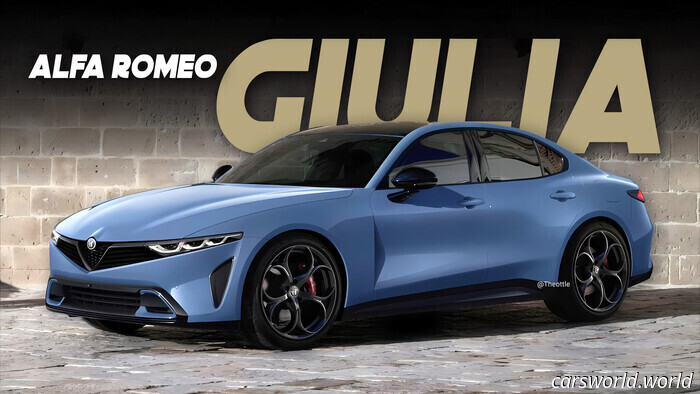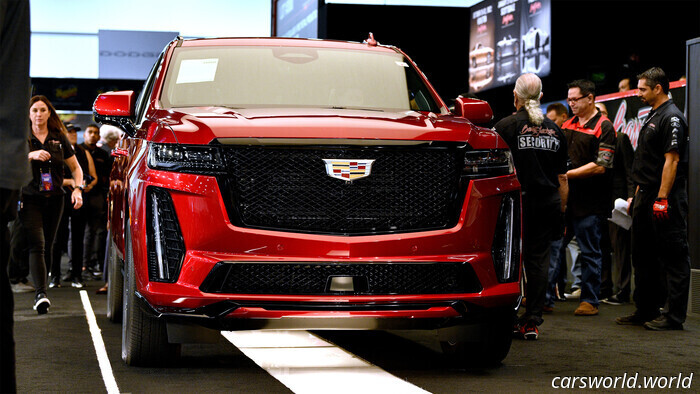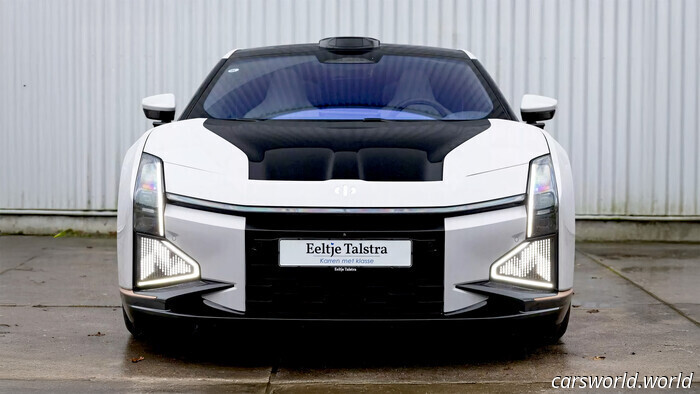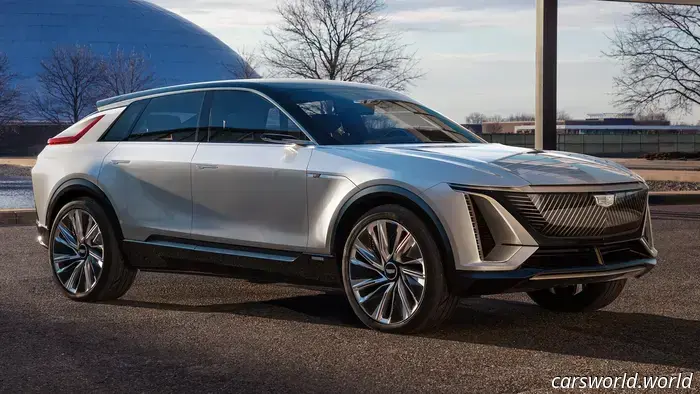Giugiaro's son created his own Maserati wedge vehicle inspired by the legendary 1971 Boomerang concept.
GFG Style
In 1971, Giorgetto Giugiaro showcased what would become one of the most legendary concept cars in history at the Turin Motor Show: the Maserati Boomerang. Its distinctive doorstop shape and greenhouse windows have made it an unforgettable design in the automotive world. Recently, his son Fabrizio Giugiaro—who co-founded GFG Style with his father—revealed his own version at the Pastejé Automotive Invitational car show in Mexico. Named the Peralta S, it also draws inspiration from a Maserati supercar, much like his father's original creation.
Fabrizio’s Peralta S is a unique, coachbuilt vehicle commissioned by a private collector and is based on the Maserati MC20 supercar. While Fabrizio's design may not reach the aesthetic appeal of his father's creation, he faced more challenges, as Giorgetto began with a blank canvas, whereas Fabrizio had to alter an existing MC20, complicating the task due to the extensive integration of its body with the carbon fiber chassis.
The upper images showcase the original 1971 Boomerang concept, while the lower ones display Fabrizio’s Peralta S. Maserati / GFG Style
Considering this, the younger Giugiaro arguably had a more challenging undertaking, particularly since he replaced Maserati’s two gullwing doors with a single, large rooftop door that hinges just in front of the windshield. This unique door features two small glass panels that open in a gullwing fashion, enhancing the drama when the door is raised and providing refreshing airflow when it is closed.
The entire body is crafted from hand-finished aluminum and polished to a mirror-like shine, offering a fresh perspective compared to the original Boomerang's stainless steel appearance. The LED headlight strips might evoke too much of a Cybertruck vibe for some tastes, but at least the vented dish wheels pay homage to the Boomerang, exuding a strong '70s aesthetic.
GFG Style
Inside, there are minimal changes. The interior has some new air vents on the dashboard along with a few additional buttons on the steering wheel, which may come across as somewhat quirky. However, the cabin remains largely in line with the MC20's design. While it is a fine interior, it might not match the excitement of the exterior design.
Mechanically, it’s identical to the MC20 as well. This means it retains the same 3.0-liter twin-turbo V6 engine producing 621 horsepower and 538 lb-ft of torque, all delivered to the rear wheels via an eight-speed dual-clutch transmission. It is uncertain whether the Peralta S is road-legal in Mexico, but since it will be part of the owner's private collection, it is unlikely that Fabrizio's creation will ever hit public roads.
Regardless of its road legality, it is impressive that Fabrizio had the opportunity to craft his own interpretation of one of his father's most renowned designs. The Peralta S is a faithful reinterpretation of the Boomerang, complemented by some distinctive elements that give it its own identity. The Giugiaro legacy is clearly in capable hands.
Have any tips? Send them to [email protected]
Other articles
 What If Alfa Romeo Gave the Current Giulia a Facelift? | Carscoops
Although the next Giulia is anticipated to transition into a fastback, these renderings depict a significant makeover for the existing sedan.
What If Alfa Romeo Gave the Current Giulia a Facelift? | Carscoops
Although the next Giulia is anticipated to transition into a fastback, these renderings depict a significant makeover for the existing sedan.
 Cadillac Thief Who Stole $1.5 Million in Escalades from GM Lot | Carscoops
The young man is facing a potential sentence of up to 20 years in prison for allegedly stealing multiple Cadillac Escalade V models.
Cadillac Thief Who Stole $1.5 Million in Escalades from GM Lot | Carscoops
The young man is facing a potential sentence of up to 20 years in prison for allegedly stealing multiple Cadillac Escalade V models.
 Unique Chinese EV with Nissan GT-R Feel Now at 50% of Its Original Cost | Carscoops
You certainly won't blend in with a HiPhi Z, but finding technical support when needed may prove challenging.
Unique Chinese EV with Nissan GT-R Feel Now at 50% of Its Original Cost | Carscoops
You certainly won't blend in with a HiPhi Z, but finding technical support when needed may prove challenging.
 This Unexpected Isuzu Restomod Is a Diesel Pickup That Performs Exceptionally Well
You can cruise the streets or the Home Depot parking lot in the Isuzu Dragon Max, designed for a smooth ride with its powerful diesel engine.
This Unexpected Isuzu Restomod Is a Diesel Pickup That Performs Exceptionally Well
You can cruise the streets or the Home Depot parking lot in the Isuzu Dragon Max, designed for a smooth ride with its powerful diesel engine.
 IRS Provides Solution for Dealership Error That Affected EV Owners' Tax Returns
The introduction of new EV credit options in 2024 has caused difficulties for both dealers and customers, but in a surprising turn of events, the IRS is stepping in to assist.
IRS Provides Solution for Dealership Error That Affected EV Owners' Tax Returns
The introduction of new EV credit options in 2024 has caused difficulties for both dealers and customers, but in a surprising turn of events, the IRS is stepping in to assist.
Giugiaro's son created his own Maserati wedge vehicle inspired by the legendary 1971 Boomerang concept.
It's derived from the 621-hp Maserati MC20, but you wouldn't be able to tell just by its appearance.
